HornetsEye
m (→Dependencies) |
m (→External Links) |
||
| Line 179: | Line 179: | ||
* [[Image:Hornetseye.png|48px]] [http://www.wedesoft.demon.co.uk/hornetseye-api/ Hornetseye homepage] | * [[Image:Hornetseye.png|48px]] [http://www.wedesoft.demon.co.uk/hornetseye-api/ Hornetseye homepage] | ||
* [[Image:Rubyforge.png|75px]] [http://rubyforge.org/projects/hornetseye/ Hornetseye at Rubyforge] | * [[Image:Rubyforge.png|75px]] [http://rubyforge.org/projects/hornetseye/ Hornetseye at Rubyforge] | ||
| + | * [[Image:Sourceforge.png|58px]] [http://sourceforge.net/projects/hornetseye/ Hornetseye at Sourceforge] | ||
* [[Image:Ruby.png|30px]] [http://www.ruby-lang.org/ Ruby] programming language | * [[Image:Ruby.png|30px]] [http://www.ruby-lang.org/ Ruby] programming language | ||
* [[Image:Swig.png|48px]] [http://www.swig.org/ SWIG] (Simplified Wrapper and Interface Generator) | * [[Image:Swig.png|48px]] [http://www.swig.org/ SWIG] (Simplified Wrapper and Interface Generator) | ||
Revision as of 11:00, 20 July 2007
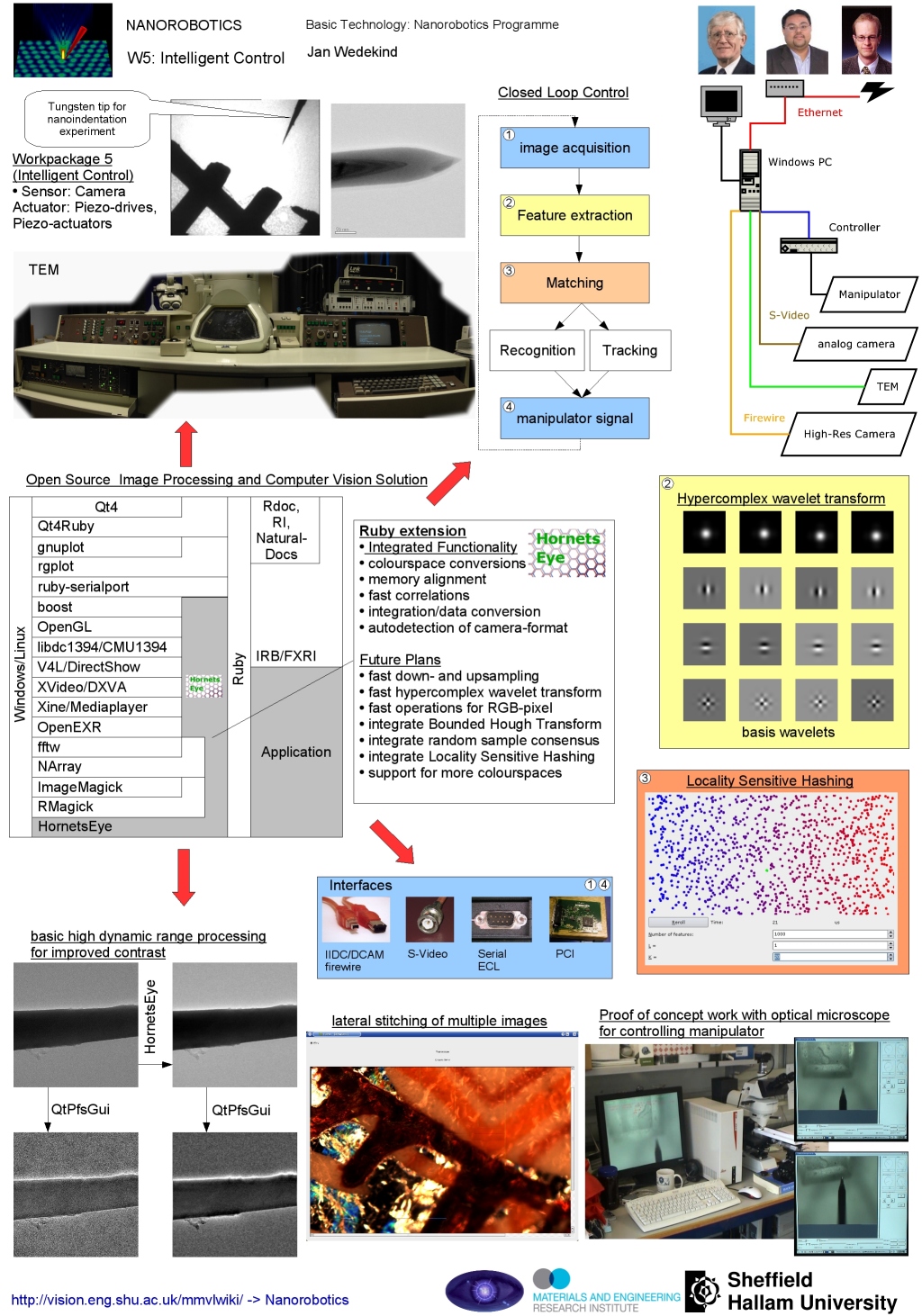 |
420px |
Contents |
Introduction
HornetsEye is a Ruby-extension for real-time computer vision under GNU/Linux offering interfaces to do image- and video-I/O with RMagick, Xine, IIDC/DCAM-compatible firewire digital camera (DC1394) and video for Linux (V4L).
HornetsEye also is an attempt to use the Mimas library and create a minimalistic and consistent real-time computer vision library.
- minimalistic: The library is focused on real-time computer vision. Existing libraries are being made used of.
- consistent:: A non-redundant set of data-types is used. Also the library tries to stay consistent with existing libraries.
The logo was created using GIMP and it is based on a nice photo published by Olivander. A hornet is capable of navigating and detecting objects with the limited resolution of its compound eyes.
Examples
See Hornetseye homepage for more examples.
Simple Webcam Application
The webcam application uses HornetsEye-1.5, RMagick, and qt4-ruby.
To install qt4-qtruby-1.4.7 I had to change the script ./smoke/qt/qtguess.pl.in. Otherwise on gets an error message like this:
problem with QListWidget missing parent at ../../kalyptus/kalyptusCxxToSmoke.pm line 2207.
Also qt4-qtruby-1.4.7 seems to have a memory leak in Qt::ByteArray. Thanks to Richard Dale the problem was solved and the bugfix will be included in the next release of qt4-qtruby. The modified code already is available via the KDE source repository.
#!/usr/bin/ruby
require 'hornetseye'
require 'Qt'
app=Qt::Application.new(ARGV)
class VideoWidget < Qt::Label
def initialize( parent = nil )
super
@input = Hornetseye::V4LInput.new
startTimer( 0 )
end
def timerEvent( e )
str = @input.read.to_magick.to_blob { self.format = "PPM"; self.depth = 8 }
pix = Qt::Pixmap.new
pix.loadFromData( Qt::ByteArray.fromRawData( str, str.size ) )
setPixmap( pix )
resize( pix.width, pix.height )
update
end
end
win = VideoWidget.new
win.show
app.exec
Phase Correlation
File:Apollo left.jpg Left part of image |
File:Apollo right.jpg Right part of image |
File:Apollo result.jpg Stitched image |
This is an implementation of the phase correlation for aligning images. The code depends on HornetsEye-1.5 and NArray-fftw3.
#!/usr/bin/ruby
require 'hornetseye'
require 'fftw3'
include Hornetseye
syntax = <<END_OF_STRING
Shift estimation
Syntax: registration.rb <image1> <image2>
Example: registration.rb astronaut.jpg apollo-16.jpg
Example: registration.rb apollo_left.jpg apollo_right.jpg
END_OF_STRING
if ARGV.size != 2
puts syntax
raise "Wrong number of command-line arguments."
end
image = (0...2).collect { |i| NArray.load_grey8( ARGV[i] ) }
# TODO: Apply windowing function?
# Force images to have same size. Make image twice as big to avoid cyclical
# correlation.
maxwidth = [ image[0].shape[0], image[1].shape[0] ].max * 2
maxheight = [ image[0].shape[1], image[1].shape[1] ].max * 2
limage = image.collect { |img|
nimg = NArray.new( NArray::BYTE, maxwidth, maxheight )
nimg[ 0...img.shape[0], 0...img.shape[1] ] = img
nimg
}
fimage = limage.collect { |img|
FFTW3.dft( img.to_type( NArray::DCOMPLEX ), +1 )
}
limage = nil
fshift = ( fimage[0] * fimage[1].conj ) / ( fimage[0].abs * fimage[1].abs )
fimage = nil
# TODO: Replace with native implementation for higher performance.
fshift = fshift.collect { |value|
if value.real.nan? or value.imag.nan?
0
else
value
end
}
shift = FFTW3.dft( fshift, -1 )
width = shift.shape[0]
height = shift.shape[1]
shiftx = nil
shifty = nil
maxvalue = 0
for i in 0...width
for j in 0...height
if shift[i,j] > maxvalue
shiftx = i
shifty = j
maxvalue = shift[i,j]
end
end
end
shiftx = shiftx - width if shiftx > width / 2
shifty = shifty - height if shifty > height / 2
shift = nil
puts "shift-x = #{shiftx}"
puts "shift-y = #{shifty}"
minx = [ 0, shiftx ].min
miny = [ 0, shifty ].min
maxx = [ image[0].shape[0], image[1].shape[0] + shiftx ].max - 1
maxy = [ image[0].shape[1], image[1].shape[1] + shifty ].max - 1
offsetx = -minx
offsety = -miny
resultwidth = maxx + 1 - minx
resultheight = maxy + 1 - miny
result1 = NArray.new( NArray::BYTE, resultwidth, resultheight )
result1[ offsetx...( offsetx + image[0].shape[0] ),
offsety...( offsety + image[0].shape[1] ) ] = image[0] / 2
result2 = NArray.new( NArray::BYTE, resultwidth, resultheight )
result2[ ( shiftx + offsetx )...( shiftx + offsetx + image[1].shape[0] ),
( shifty + offsety )...( shifty + offsety + image[1].shape[1] ) ] = image[1] / 2
result = result1 + result2
result.display
Downloads
Hornetseye-0.15
-
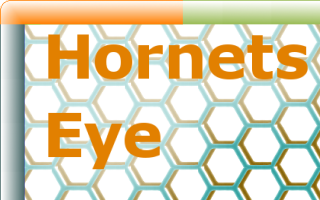 Download HornetsEye-0.15 released on Jun 4th 2007
Download HornetsEye-0.15 released on Jun 4th 2007
Release Notes
See HornetsEye homepage for installation instructions.
Change log
- Renamed loading and saving methods to 'save_grey8', 'load_grey8', 'save_rgb24', and 'load_rgb24'.
- Renamed "XineInput::seek" to "XineInput::pos=" and implemented "XineInput::pos".
- Test for 'ruby/narray' if 'narray' is not found.
- hornetseye/ruby/hornetseye.cc: Bug! Red and blue channel where swapped in numerical array.
- hornetseye/base/colourspace.cc: Using slightly different colourspace conversions more suitable for YUV <-> RGB (ITU-R BT.709 standard). This allows YUV to grey conversion by simply stripping of the chroma components.
- hornetseye/ruby/hornetseye_ext.rb: Added methods for clipping grey values. Renamed method 'threshold' to 'binarise'.
- Implemented colour conversions RGB24-to-YV12 and Grey8-to-YV12.
Older releases
Older releases are available here.
See Also
Software Engineering
HornetsEye brings the power of large existing free software solutions into Ruby. HornetsEye also tries to make existing Ruby extension operate with each other to enable the development of novel solutions:
-
 QtRuby,
QtRuby, 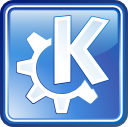 Korundum: QtRuby and Korundum can be used to develop graphical user interfaces and desktop applications.
Korundum: QtRuby and Korundum can be used to develop graphical user interfaces and desktop applications.
-
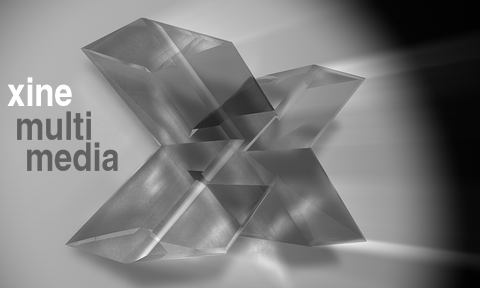 Xine: Using Xine one can read virtually any video file and it is even possible to read streaming videos.
Xine: Using Xine one can read virtually any video file and it is even possible to read streaming videos.
-
 NArray: Masahiro Tanaka's NArray is an implementation of n-dimensional arrays for Ruby.
NArray: Masahiro Tanaka's NArray is an implementation of n-dimensional arrays for Ruby.
-
 RMagick: The RMagick Ruby-extension allows to use the powerful Magick++ library in Ruby.
RMagick: The RMagick Ruby-extension allows to use the powerful Magick++ library in Ruby.
-
 libdc1394: Using libdc1394 one can make use of a large choice of firewire digital cameras.
libdc1394: Using libdc1394 one can make use of a large choice of firewire digital cameras.
-
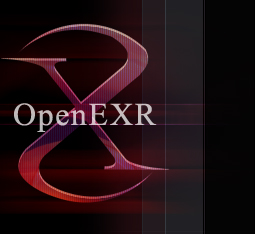 OpenEXR: The OpenEXR library is used for saving and loading high dynamic range images.
OpenEXR: The OpenEXR library is used for saving and loading high dynamic range images.
-
 Boost: The Boost Library offers smart pointers to do exception safe programming, multi-dimensional arrays, template meta-programming, abstract data types for linear algebra and many other programming concepts. The Boost library is going to be part of a future C++ standard.
Boost: The Boost Library offers smart pointers to do exception safe programming, multi-dimensional arrays, template meta-programming, abstract data types for linear algebra and many other programming concepts. The Boost library is going to be part of a future C++ standard.
-
 STL: The software makes use of the Standard Template Library
STL: The software makes use of the Standard Template Library
-
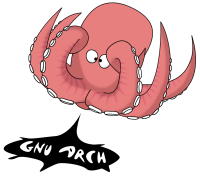 gnu-arch: gnu-arch is being used for version control.
gnu-arch: gnu-arch is being used for version control.
-
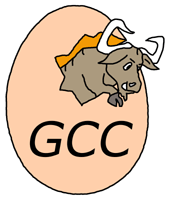 Gcc: gcc is the C++ compiler of the GNU project.
Gcc: gcc is the C++ compiler of the GNU project.
-
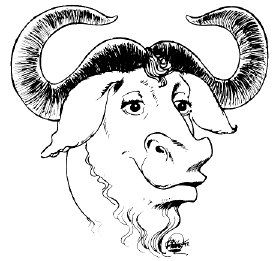 autoconf, automake and make: make, autoconf and automake are used to configure and perform the build of the software on various distributions of the Linux operating system.
autoconf, automake and make: make, autoconf and automake are used to configure and perform the build of the software on various distributions of the Linux operating system.
-
 Natural Docs: Natural Docs is used to create the HTML documentation.
Natural Docs: Natural Docs is used to create the HTML documentation.
See Also
External Links
-
 Hornetseye homepage
Hornetseye homepage
-
 Hornetseye at Rubyforge
Hornetseye at Rubyforge
-
 Hornetseye at Sourceforge
Hornetseye at Sourceforge
-
 Ruby programming language
Ruby programming language
-
 SWIG (Simplified Wrapper and Interface Generator)
SWIG (Simplified Wrapper and Interface Generator)
- Moments in image processing